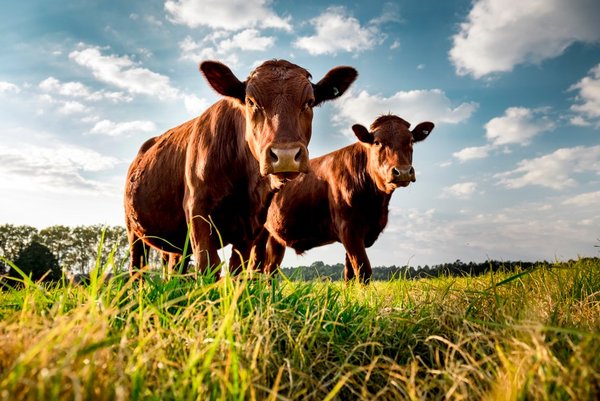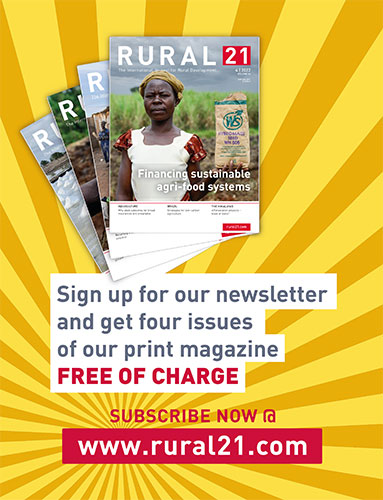 Read this article in French
Read this article in French- Share this article
- Subscribe to our newsletter
The price of climate-neutral agriculture
Making agriculture climate friendly could be expensive and probably only feasible for rich countries according to a study published by researchers from ETH Zurich in March 2021. They explored how much CO2 would have to be actively removed from the atmosphere in order to compensate for agricultural emissions if mitigating those emissions fails, what it would it cost, and what effect it would have on the price of affected foods like beef, milk, and rice?
“Whether or not the answers are reassuring depends on where you live,” says Anthony Patt, a co- author. “In countries where meat and dairy products are already quite expensive, such as our home of Switzerland, it would add roughly 10 per cent to the price of beef to fully compensate for its effects on the climate, and roughly 5 per cent to the price of milk.” While this may seem like a reasonable price to pay, it is different in developing countries, where making these foods climate-compatible would more than double their costs.
Offset agricultural emissions
The researchers calculated the rate of CO2 sequestration — removing it from the atmosphere and permanently storing it underground — needed in order to hold warming to the 1.5–2°C target, even if agricultural emissions of methane and nitrous oxide remain constant or rise over time.
Then they assessed the cost of the offset using a mix of different carbon-removal technologies. The most cost-effective ways involve planting trees and capturing the carbon emissions from bio-energy, but both are limited by land availability and it is likely that society would soon have to turn to more expensive processes that involve chemically filtering CO2 from the air and depositing it underground.
To then translate these costs into price changes for agricultural commodities, the study authors accounted for the emissions specific to each commodity, as well as the prices of those commodities both globally and in certain countries.
Not a realistic option for developing countries
For Europeans, these costs may be manageable, and adding them to the price of the affected foods would have the additional benefit of reducing demand for meat and dairy, thereby lessening the scale of the overall problem. Yet while adding 2 Euro to the price of a kilogram of beef that already costs 20 Euro may be politically acceptable, the same 2 Euro price increase may be seen as exorbitant in countries where the base price for beef is under 5 Euro per kilogram, and people’s available income is commensurately lower.
“I don’t think this would be a realistic option in many developing countries , especially where food security is concerned – I can’t imagine that politicians there would be willing to more than double consumer prices on these foods. We will have to search for other options,” said Patt. “There is certainly more work to do, either finding ways to reduce these emissions through dietary changes, finding substitutes for meat, or coming up with alternative ways to finance the CO2 offsetting.”
(ETH/ile)
Read more at ETH website





Add a comment
Be the First to Comment